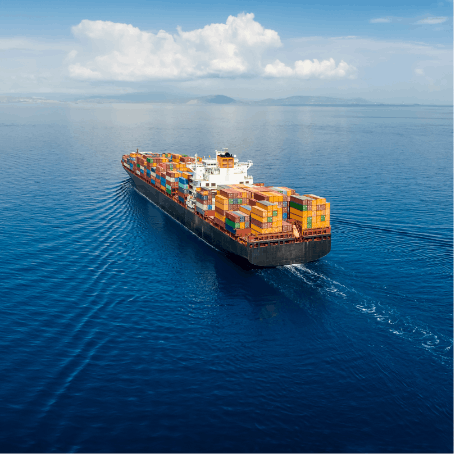Internet APIs power the apps you use every day. Using your smartphone to do things like order an Uber, send a text message, order a pizza or do a search is only possible because standards-based APIs enable communication over the Internet. APIs are the modern standard for interoperable, digital data communication.
The shipping industry, however, still relies mostly on EDI for digital data communication. Developed in the late 1960s, EDI successfully replaced paper with structured, streamlined electronic transmission of data. So why switch to APIs if EDI isn’t broken? Here are three reasons.Real-time data exchange
EDI is not intended for “real-time” data exchange. It is normally configured to send messages on a pre-set schedule, making it difficult to know what’s happening with a shipment as it’s happening. With EDI, shippers must wait for carriers to notify them about agreed-upon events. Managing exceptions requires processing batches of EDI messages at fixed intervals.In contrast, APIs can automatically send data in real-time to any API-compliant device that connects to the internet. Shippers and freight forwarders can query a carrier’s system or subscribe to automatically receive status updates for any relevant event. If there are delays or other types of exceptions, users can learn about them as they happen and work to resolve them immediately.Faster innovation
Implementing EDI is costly and complicated. There are several EDI standards in use today, and each has many different versions. If two supply chain partners want to exchange data using EDI, numerous things must be agreed in advance. Setting up and testing an EDI connection can take multiple software developers 4 to 6 weeks’ time, and making changes to these connections, no matter how small, can be labour intensive. What’s more, it’s virtually impossible to hire developers with EDI skills, because today, APIs are the tool of choice for modern IT.Time, costs, and scarcity of developers are huge obstacles to innovation for organisations that continue to rely on EDI.In contrast, virtually all APIs that exchange data over the internet use standard protocols and formats. All it takes to connect with a partner is for each party to implement the API, which takes one developer who’s familiar with APIs a few days, not weeks. Once APIs are implemented on both ends, data can start flowing. Think of an API as a bridge, data traffic is always flowing across it. All you need are the right credentials to get updates the moment they’re available.Great customer experiences
EDI data transmission standards are highly structured, this often results in each EDI message containing a great deal of data, not all of which may be needed by the receiving partner. The unnecessary data must be processed and eliminated by the receiver, which is cumbersome and resource intensive.Because of this (and the other issues with EDI), many shippers rely on freight forwarders and other service providers to process and manage data for them. However, with standardised APIs, no data sanitising is necessary. Shippers, freight forwarders and service providers can get exactly the information they need when they need it from the carrier via APIs. This saves everyone time and enables freight forwarders and service providers to invest resources in building more valuable services on top of API data.APIs also enable carriers to streamline the onboarding process while providing a better customer experience to logistics partners. Read about the results CMA CGM achieved implementing the DCSA Track & Trace Standard for their client Gondrand, an international forwarding and logistics provider.The importance of standards
To maximise their benefits, APIs must be fit for purpose and tied to industry standards for data and processes, such as those defined by DCSA for container shipping and those IATA has developed for the airline industry.IATA’s API-based standards for passenger air travel enable things like e-ticketing, smartphone-based boarding passes, self-service kiosks and much more. Decades ago, air travel made a huge leap forward in customer experience because of IATA standards. Similarly, DCSA standards-based APIs help turn tracking and tracing a shipment or issuing a bill of lading into automated digital processes.If you’d like container shipping to provide fast, convenient, modern customer experiences, ask your ocean carriers to make the switch to DCSA standards-based APIs. DCSA Track & Trace APIs have already been implemented by seven of the nine DCSA carrier members.Interested in shaping the future of digital shipping?
Discover how your organization can play a leading role in driving global standards through the DCSA+ shipping programme. This collaborative initiative invites industry stakeholders to join forces with the Digital Container Shipping Association (DCSA) in developing open, interoperable standards that power end-to-end digitalisation.
Digitalise the container shipping industry
At DCSA, we envisage a digitally interconnected container shipping industry in which customers have a choice of seamless, easy-to-use services that provide the flexibility to meet their business and sustainability goals.





